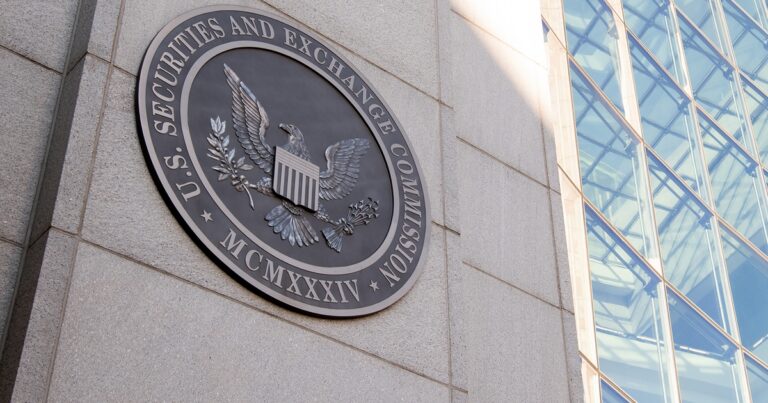The Securities and Exchange Commission is reconsidering the assets under management threshold separating state-registered advisors and their federal peers set by the Dodd-Frank Act.
In a speech at a joint conference between the commission and the North American Securities Administrators Association, Acting SEC Chair Mark Uyeda said it “was time to rex-examine” the “mid-size advisor regulatory split” set in the mammoth legislation passed in 2010 as a response to the 2008 financial crisis.
“Doing so could help to ensure Congress’s intent that the SEC focus on the larger, more complex investment advisors while the states concentrate their resources on the smaller firms,” Uyeda said.
Uyeda detailed how the National Securities Markets Improvement Act of 1996 originally bifurcated investment advisor regulation between the SEC and state regulators by the size of the firms. At the time, states would supervise firms up to $25 million in managed assets, with the commission handling everything above that.
However, the Dodd-Frank Wall Street Reform and Consumer Protection Act of 2010 raised the threshold for state advisors; now, state regulators would oversee firms with up to $100 million in AUM, with the SEC handling registrants managing more than $100 million.
However, Congress also granted the commission the authority to raise that threshold if it saw fit, which has led to a balance between state and federal registrants that Uyeda thought “may have again become unbalanced.”
Uyeda said the number of advisors had grown by about 45% to 15,411 since Dodd-Frank’s compliance date in 2012. Of those, the number of advisors between $100 million and $1 billion AUM had grown from 5,853 to 8,956 in that time, and the number of advisors with more than $1 billion expanded from 2,921 to 4,756.
In response, Uyeda said he’d asked SEC staff to conduct “a periodic evaluation” on whether the split between SEC and state AUM was still “optimal.” He also asked state securities regulators in the audience to offer their thoughts to the commission’s Division of Investment Management.
Max Schatzow, a partner with the firm RIA Lawyers and frequent attorney for both state and federally-registered firms, said it was “worth reconsidering” the threshold, especially considering the commission’s move since President Donald Trump took office to cut its staff and shrink its budget.
But while increasing the AUM threshold could benefit SEC staff by reducing the number of advisors they oversee, the downside is that most states are “ill-equipped” to examine investment advisors, according to Schatzow.
“If the threshold changed from $100 million to say $500 million, this could be very frustrating for those larger advisors who might be required to register in multiple states,” he said. “In addition, these advisors may engage in practices or offer services that are appropriate for SEC-registered advisers but not sanctioned by state securities commissions.”
In a NASAA meeting this week, state securities regulators also approved changes to the organization’s model rule for broker/dealer conduct, which acts as a template for state legislatures and regulators nationwide.
The changes were originally proposed last year to align with the SEC’s Regulation Best Interest, which took effect in 2020. According to NASAA, the amendments add the best interest duty of care for retail clients’ investment recommendations.
Additionally, the rule (if passed as is by states) would prohibit broker/dealers from using titles like “adviser” or “advisor,” which could suggest a fiduciary relationship between client and broker when none exists.





